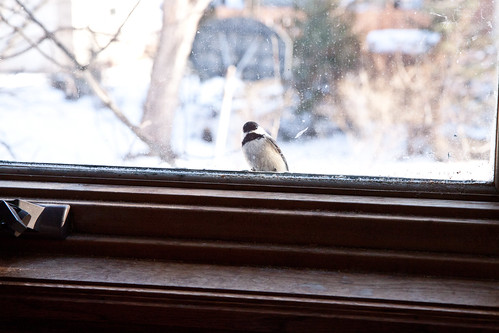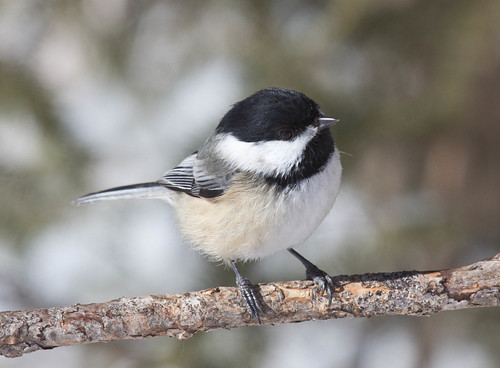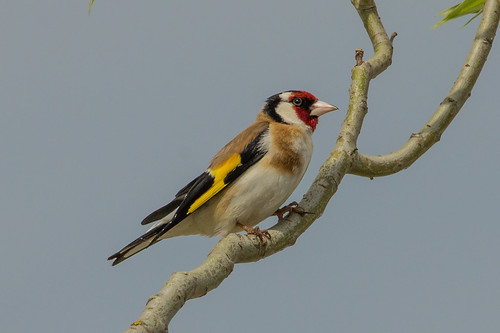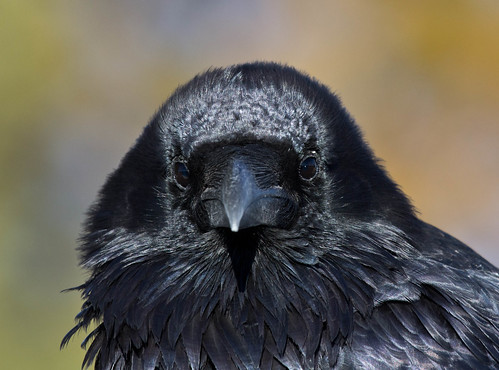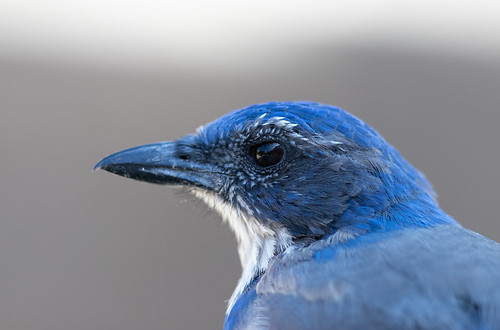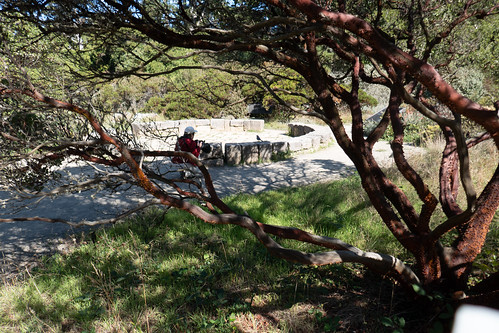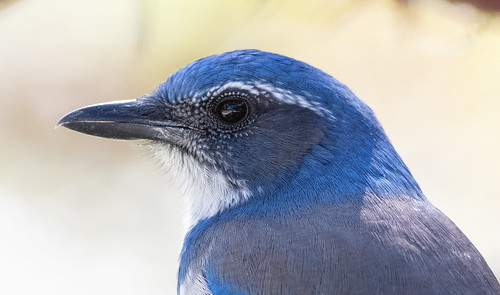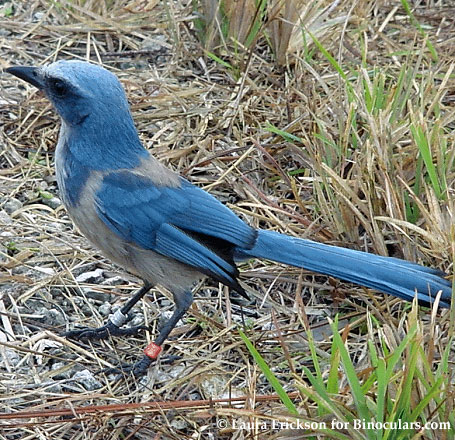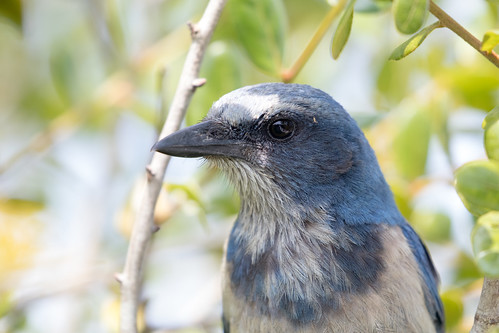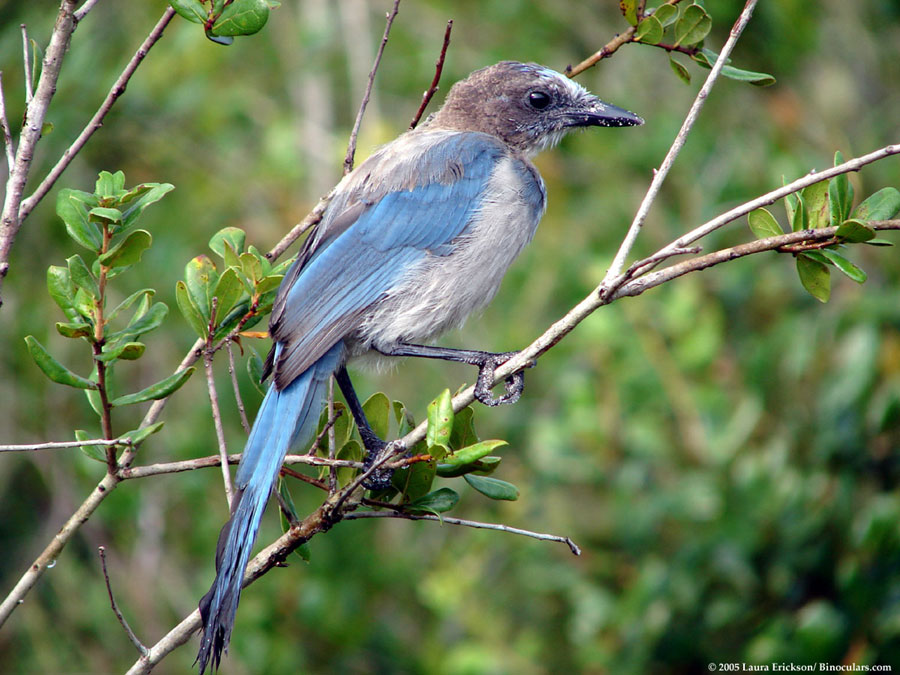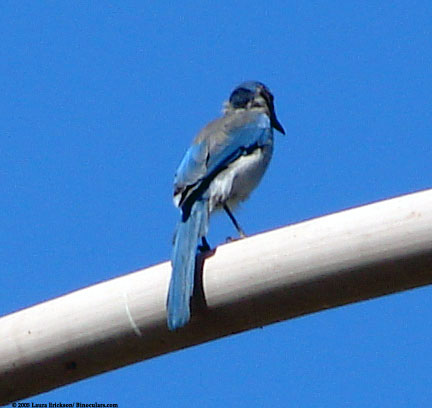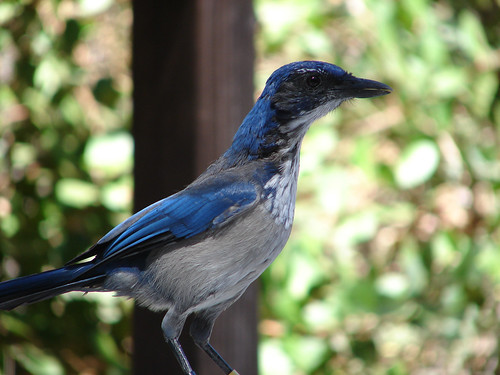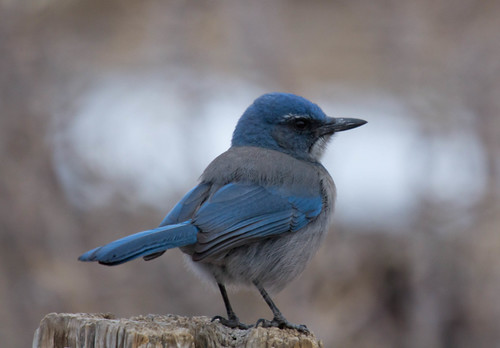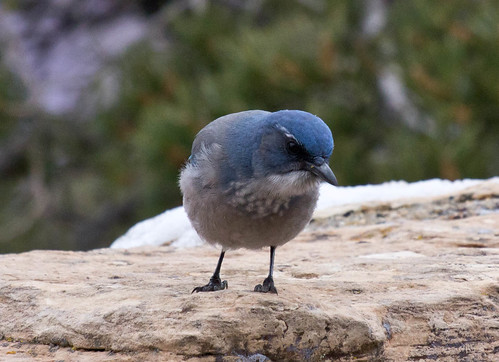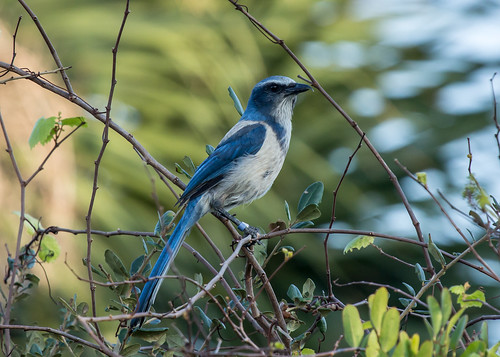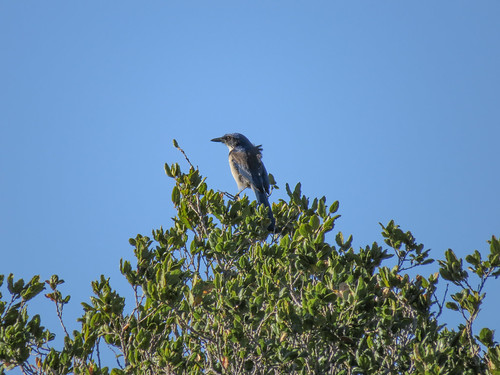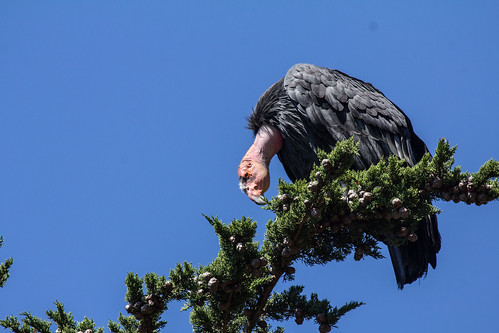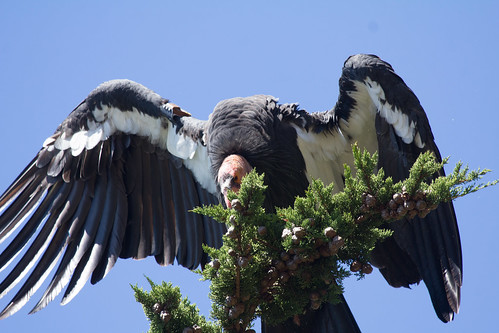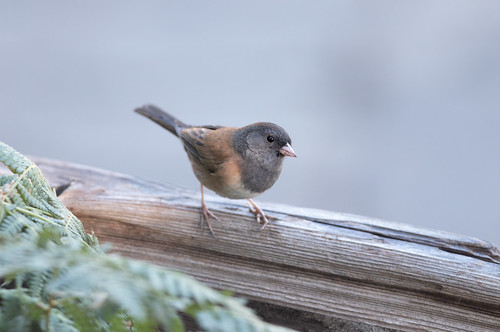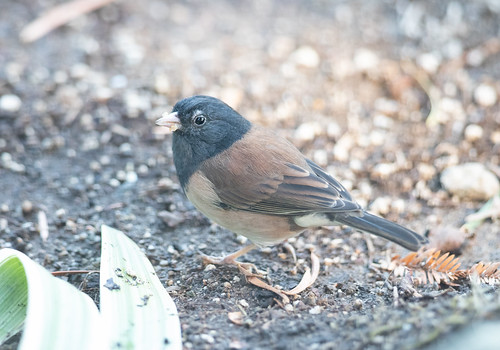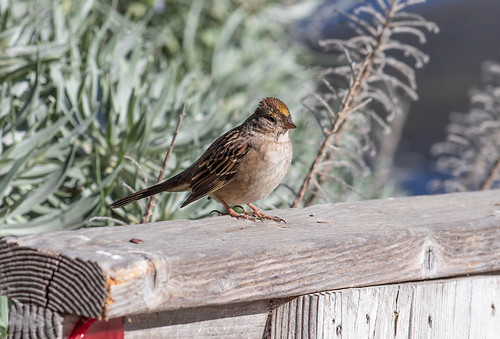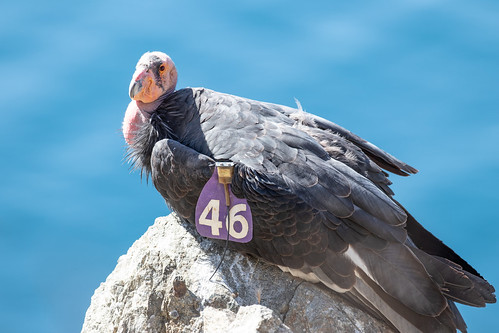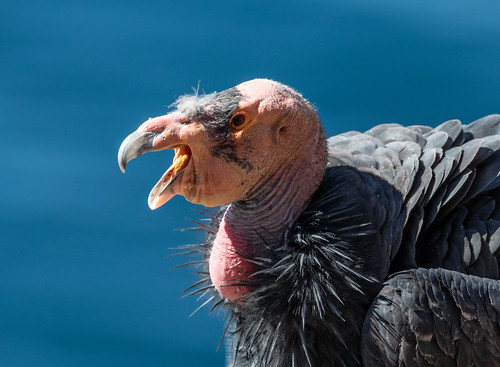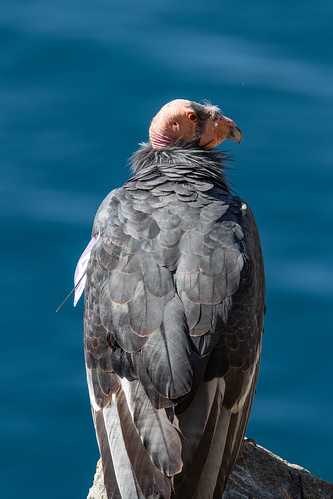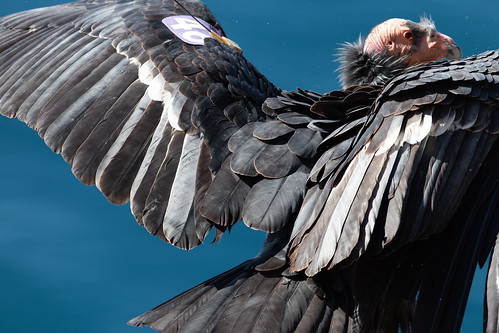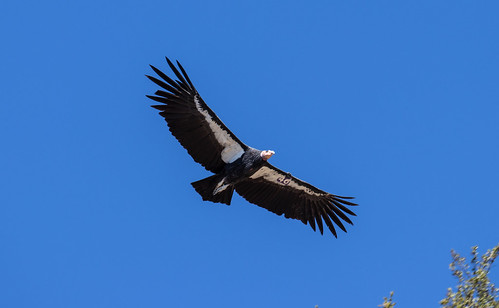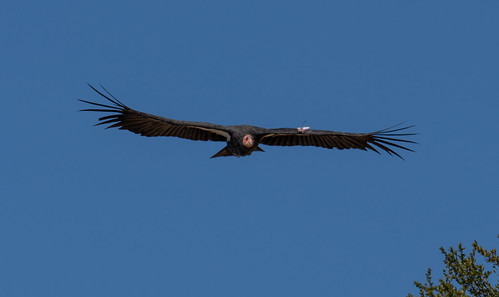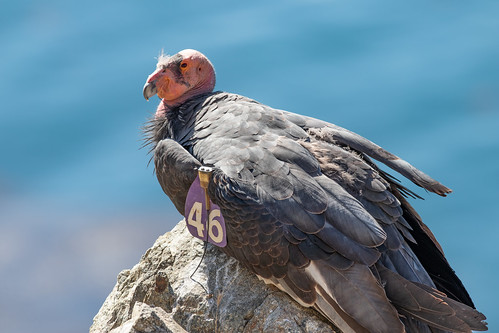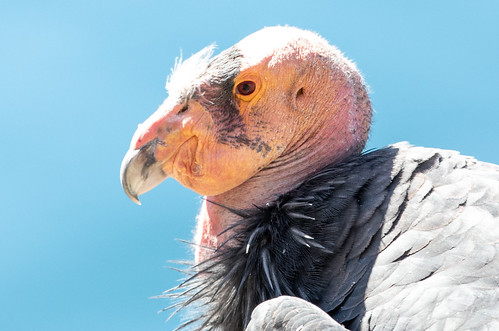On September 25, 2019, a California Condor chick fledged from a cave at Zion National Park. This was not just any chick—it was the 1000th California Condor chick hatched since the condor breeding program began in the 1980s, and also the very first chick to fledge in Zion, coincidentally during the park’s centennial year. (
Read more about this exciting event at BirdWatching.)
Condors had never been reintroduced in Utah, but birds released in Vermilion Cliffs outside Grand Canyon National Park wandered there on their own. This was very heartening news, especially coming while I was still digesting the sad news that a major study had just been released in
Science about the huge declines in so many American birds—the U.S. and Canada have lost 29 percent of our birds in just the past 50 years. I needed some good news, and a happy story about the California Condor was just the ticket.
But I yearned for something more tangible—a condor I could actually
see with my own two eyes. When I started birding, condors were considered doomed to extinction, with not even two dozen on the planet, but as of last year they numbered 488 in the world and 312 in the wild, including 188 flying free in California. And Russ and I just happened to be in California last week, so we set out from Monterey just before sunrise on October 2 for a California Condor adventure, heading down the coast for Big Sur. It was a perfect fall day—clear and crisp, thanks to California’s strict air quality regulations—and our chances of finding at least one condor were excellent, thanks to the success of the Endangered Species Act.
I have an app that interfaces with
eBird to show all the places where any given species has been seen in recent days or weeks—within the last week, that app showed that condors had appeared from several road pull-offs in Big Sur. When I was there in 2013, we saw several in early morning sitting in dense conifers along the highway, some with their wings held out so the birds could dry the dew off in the early morning sunshine.
This time we didn’t see any in the trees driving down toward what is called the “Condor Overlook at Sea Lion Beach.” That’s where I’d had several of my best sightings in 2013 and where most recent sightings had been made. It’s a fun place to stop, because sea lions always seem to be calling, and we could see otters down in the kelp beds below us as well.
Sometimes condors can be spotted roosting on rocks, and so I scrutinized them fairly well, but most sightings are made there starting at mid-morning, when condors circle overhead and drop down to the beach to feed on washed-up dead sea mammals. By this time, Russ and I were both getting hungry, and since it was too steep to get down to the beach for any washed up carrion, we headed to a nearby restaurant. We’d missed the early morning roosting condors, but figured within the next hour or so they’d start circling.
I am pathologically incapable of eating at an outdoor restaurant without paying more attention to birds than to my food, and some Steller’s Jays were even more interesting than a delicious croissant and a perfect cup of coffee.
I took lots of photos of the jays and also of a beautiful junco
and a Golden-crowned Sparrow,
but an inner restlessness sent me off in search of condors again.
This time we went directly to the Sea Lion Beach. No birds were aloft or down on the beach, but this time when I scanned, I could see one condor at quite a distance away, on a rock to the left of and below the last of five trees in a row along the road. The row of trees made a great reference, so Russ could find it with his binoculars, too.
I’m very greedy when it comes to birds, and I figured we might as well get as close as we could. The sun was climbing, Turkey Vultures were soaring, and conditions were right for this bird to start soaring with them, but it might sit tight long enough for us to get a closer look. So we headed down the road, and wherever there a vantage point to look and snap a photo, she was still sitting there.
Finally I reached that very last tree, right where I could step in to look over the coastal cliff, and voila! There she was—huge and hulking, wearing a big purple wing tag with the number 46 on it and a radio transmitter, so close that I had trouble getting her whole body into my camera view at once.
During the time I was watching and photographing her, a California woman stopped by for a bit. She’s been to Big Sur a lot, and told me that she’d never seen condors sitting in trees the way I had in 2013, but did often see them on rocks like this one, though not this close.
After she drove on, a guy from Washington, D.C. stopped—he had not been expecting to see a condor at all and was appropriately thrilled. He stuck around taking photos with us.
Meanwhile, #46 stayed hunkered down, not quite ready to start her day, allowing lots and lots of photos.
Every now and then she’d look straight at me. I’m not sure what she was thinking—she had to be used to gawkers standing around that scenic area, and I knew she’d had some interactions with humans because she was wearing that wing tag and radio transmitter. But whether she associated me with bad things, good things, or just part of the scenery, she was clearly less interested in me than I was in her.
All good things come to an end. Regardless of what she thought of this earthbound human, she wasn’t going to hunker down all day—the sun was getting higher in the sky, and vultures circling from every which way were signaling that conditions were excellent for soaring. So my lovely condor finally took a long, luxurious yawn,
stretched,
stood up for a bit,
and lifted off.
She circled over and over, giving me lots of frame-filling flight shots, and that was that.
Somehow, having that perfect time with her was plenty for Russ and me. The moment we got back to the car, I looked up the
Ventana Wildlife Society’s page with
Condor biographies and found the one with the purple wing tag #46. Her official number is 646, and she’s called Kodama, which means “Forest Spirit” in Japanese. She was hatched in the wild in 2012, in Big Sur.
Her father,
Kingpin, was hatched in the LA Zoo in 1997 and released that same year. He’s been the dominant male in the Big Sur area since 2006. He avoids hanging out near the highway, preferring more secluded canyons.
Kodama’s mother was hatched in the LA Zoo the following year and released in January 1999. Zoo biologists had misrecorded her sex, and for the first several years after her release, thinking she was a male, they called her “Slope Slug” because she hardly ever moved more than a quarter mile from where she was released. She was at the very bottom of the Big Sur condor flock hierarchy, so she was never allowed to approach a carcass until the other birds were ready to step aside. Then love took a hand when she and Kingpin hit it off. She was the first condor on record to lay an egg in the cavity of a redwood tree, and so was renamed Redwood Queen.
Russ's and my bird, Kodama, hatched in a redwood cavity in 2012, but injured her wing before fledging and had to be brought into captivity. Fortunately, her wing healed perfectly, and she was back in the wild in spring 2014. During the time she was in a flight pen, she charmed biologists by pulling up a plant and playing with it like a toy. She hangs out most of the time along the coast, so it was no surprise that she’d be the bird Russ and I found.
Kodama has a mate now, or actually two—the birds the Ventana Wildlife Society calls “the infamous #204/#470.” #204, nicknamed
Amigo, was hatched in the San Diego Zoo in 1999, and hung out with two males of the same age—the Ventana Wildlife Society called the three birds the Three Amigos, and had a lot of problems with the boys doing dangerous things and needing more guidance than wild condors normally do. In 2008, Amigo foster-parented a plucky little guy eventually named
Fuego because he’s survived two different major fires.
Tragically, Amigo got severely injured in 2010—possibly hit by a car. He was rescued when they found him hiding out in a cave, suffering serious injuries to his wing, face, and beak. When released, he joined with his foster son Fuego and a female to raise a chick in 2016—DNA paternity tests established that Fuego was the biological father, but both males made great co-parents. That female died of unknown causes, and now the two males have moved on to “pair” (would the more appropriate term be “triple”?) with Kodama. What happens next is anyone’s guess.
My morning with this delightful condor makes me want to keep track of her life. The Ventana Wildlife Society’s wonderful webpage helps us keep track of these splendid birds individually even as they work so hard to bring the entire population up to genuinely sustainable levels. Naturally I’ve become a member to support their work, and will be keeping track of any news about the lovely Forest Spirit.
